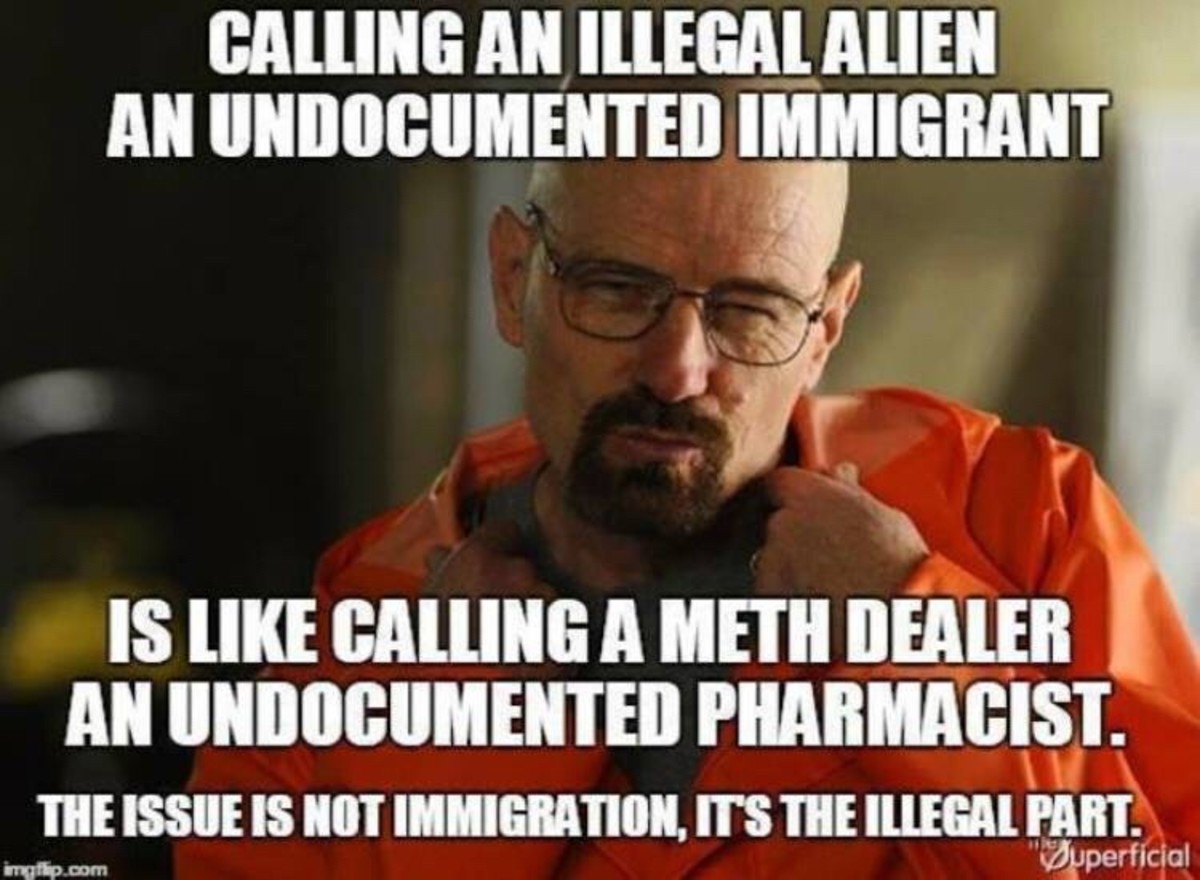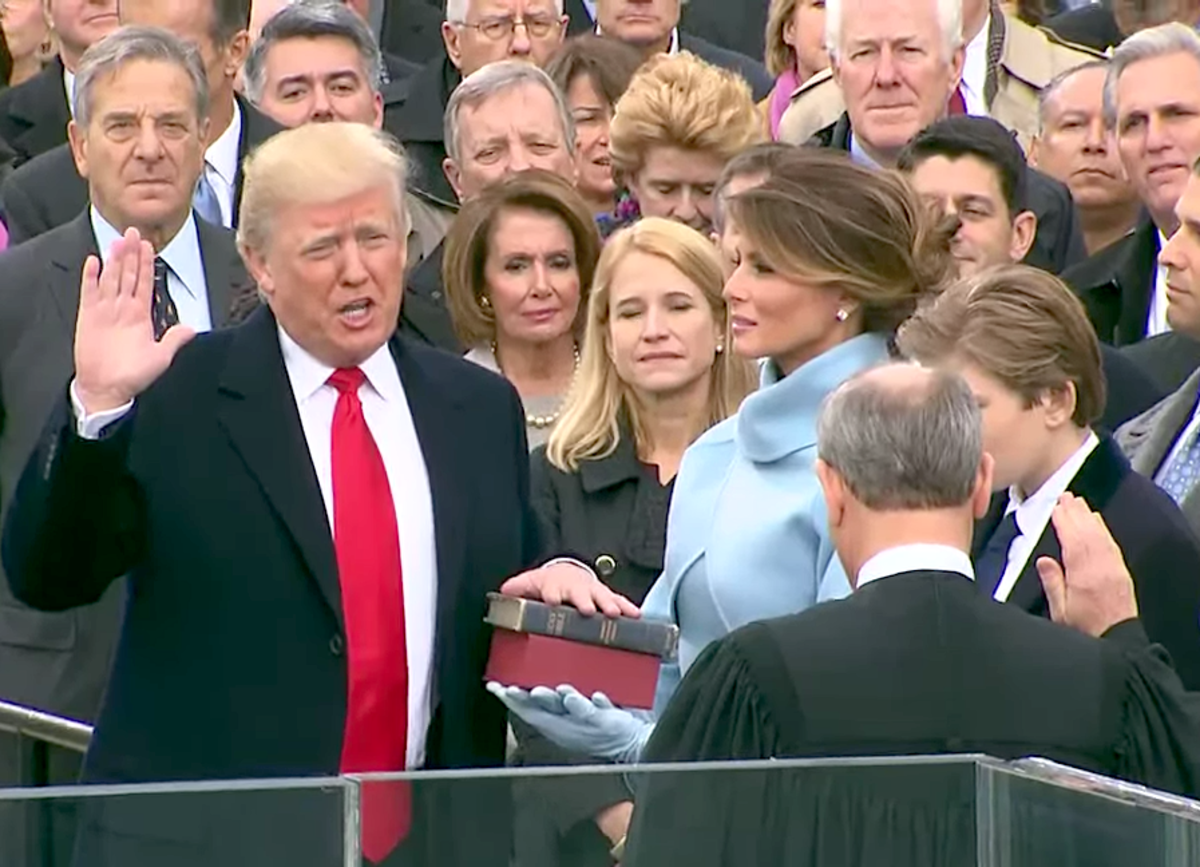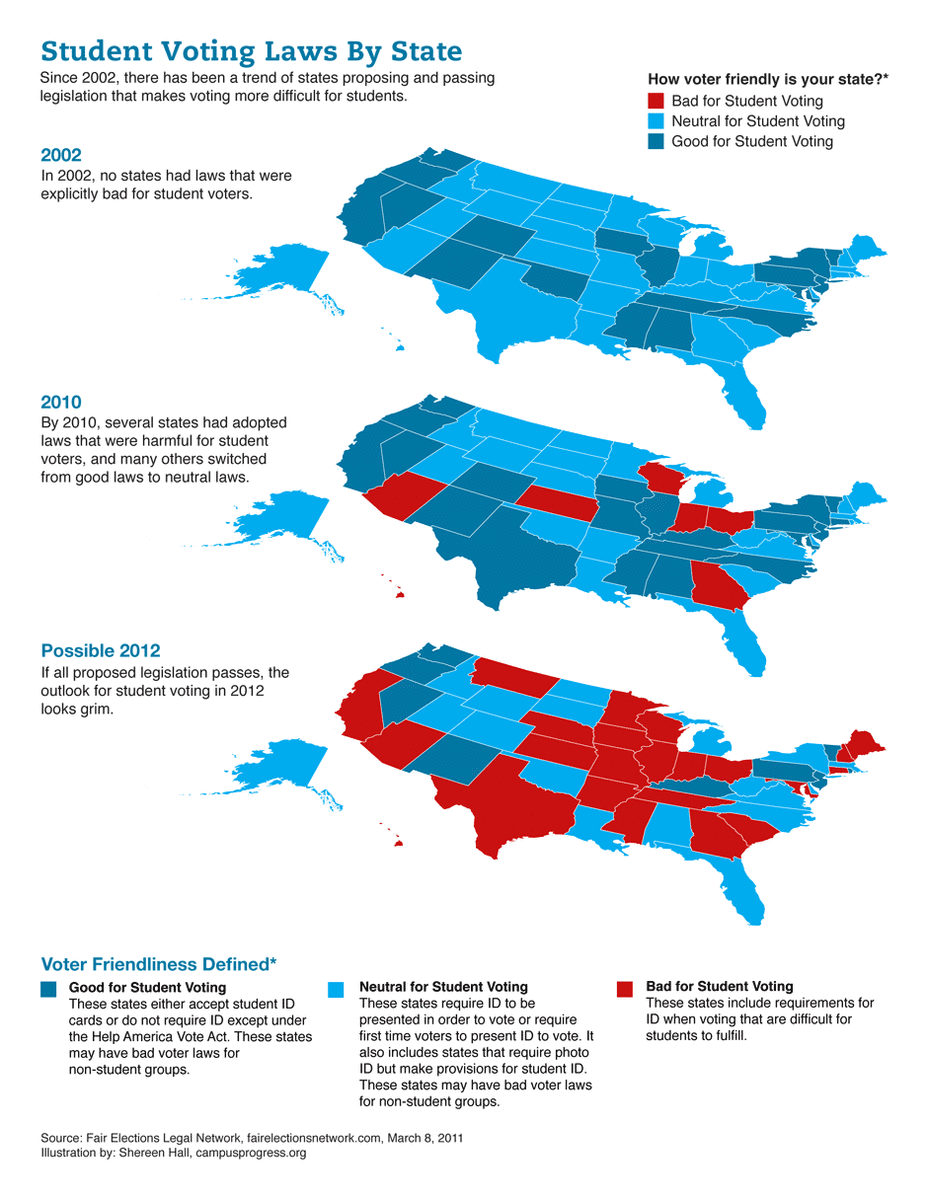The Two Immigration Policies of the United States

Hi bradmasterOCcal! How's it going?
Thank you for this question: "Why does the US have 2 different immigration policies?"
You go on to write: "We have the Immigration laws with their vetting and quotas, and rules to reject immigrants that take this legal immigration route. Then we have the Democrat and President Obama immigration policy to give de facto US citizenship to Illegal Immigrants. This latter immigration policy does 2 things. First, it rewards illegals rather than punishing their criminal trespass. Second, it discriminates against all those immigrants that went through the expensive, grueling legal immigration process only to be rejected entry into the country. We keep hearing about equality from the left. Is this equality?"
I would suggest to you, bradmasterOCcal, that the United States does indeed have two immigration policies. But I come to that number in a different way than you have. If I understand you correctly, you have determined that there is one immigration policy:
- which is represented by the original, straightforward set of immigration laws, which, as you say, tends to reject immigrants who take the "legal immigration route," with its "vetting and quotas." This is the tough, long, expensive, legal route into the United States of America, as you see it.
- Then there is what you see as President Obama Democratic and illegal departure from the law, which gives "de facto US citizenship to Illegal Immigrants." I take it, bradmasterOCcal, that you see this endowment of "de facto" legal status upon clearly illegal immigrants, as at very least an end run around the law.
I believe that the President merely saw fit to make some exceptions to current immigration law: for children born in the United States, the children of undocumented workers----who find themselves in the United States through no fault of their own. I'm not sure we should think of Obama's exception as a separate, second policy.
Is not such tweaking of the execution of federal policy, the prerogative of the President of the United States?
But that is not actually what I want to talk about. I want to talk about what I see as the United States' two immigration policies: One for the white collar professional class; and another for blue collar, less skilled workers.
The "de facto" policy for white collar, professional workers is one that limits their number, thereby---according to the law of "supply and demand"---keeping their salaries up! Conversely, the "de facto" policy of the United States Government for blue collar, semi-skilled and unskilled low-wage workers is to increase their number, thereby---according to the law of "supply and demand"---keeping their salaries down!
Also, to be clear: we're talking about undocumented Mexican workers, not Canadians who overstay their visas!
Question: Why would the United States federal government be interested in maintaining high salaries of the professional white collar class (doctors, lawyers, accountants, journalists, college professors, and the like)?
Economist Dean Baker provides a more succinct answer than I could ever manage. In chapter one of his free online book, The Conservative Nanny State: How the Wealthy Use the Government to Stay Rich and Get Richer, we read:
"While doctors, lawyers, and accountants don't pull down the same money as corporate CEOs or the Bill Gates types, their success is hugely important in sustaining the conservative nanny state. if the only people doing well in the current economy were a tiny strata of super-rich corporate heads and high-tech entrepreneurs, there would be little political support for sustaining the system. In addition to being a much broader segment of the population (5 to 10 percent as opposed to 0.5 percent), this group of highly educated workers includes the people who write the news stories and editorial columns, teach college classes, and shape much of what passes for political debate in this country. The fact that these people benefit from the conservative nanny state vastly strengthens its hold."
And speaking of immigration policy specifically, in the same chapter one, the subsection marked, "The Basic Conservative Nanny State Mythology," we read this:
"It doesn't take sophisticated economics to understand how some professionals have fared well in recent decades, even as most workers have done poorly; it is a simple story of supply and demand. The rules of the nanny state are structured to increase the supply of less skilled labor, while restricting the supply of some types of highly skilled professionals. With more supply, wages fall --- the situation of less skilled workers. With less supply, wages rise --- the situation of highly skilled professionals.
"While there are many mechanism through which the nanny state conservatives have increased the supply of less skilled labor, probably the most visible is trade. Trade agreements that facilitate imports of cars, steel, clothes, and other manufactured goods disproportionately displace less skilled workers from what had formerly been middle-class jobs with good wages and benefits. Nanny state conservatives usually treat this job loss as an unfortunate byproduct of trade agreements like NAFTA and CAFTA. In fact, the job loss and downward pressure on wages from these agreements are not unfortunate side effects of these trade deals --- they are precisely the point of these trade deals."
Conversely...
"The trade pacts"---still quoting Dean Baker, still in chapter one---"have done little or nothing to remove the extensive licensing and professional barriers that prevent foreign doctors, lawyers, economists, and journalists from competing on an equal footing with their counterparts in the United States. While the corporate CEOs are invited into the planning sessions, if not the actual negotiations, to ensure that barriers to competition with Chinese autoworkers are eliminated, there is no comparable effort to ensure that barriers to Indian doctors, lawyers, accountants, etc., are eliminated."
I think the point is made. I highly recommend Dr. Dean Baker's book in its entirety---the scholarship if both sophisticated and accessible; and chapter one specifically, for further details on U.S. federal immigration policy. The chapter is titled, appropriately enough: "Doctors and Dishwashers: How the Nanny State Creates Good Jobs for Those at the Top."
One Last Thing
Tell me: Where does Obama's policy wrinkle fit into what we're talking about?
Well, since we're talking about undocumented Mexicans, not Canadians who overstay their visas, a question arises about the children of the former, who are born on American soil.
Question: What percentage of them will join the professional white collar class; and what percentage of them will join the blue collar, semi-skilled, unskilled workforce?
My Guess: Because of the way race and class coincide in the United States of America, I would guess a ratio of something like thirty percent to seventy percent. That is to say, I would guess that at best, thirty percent would join the white collar professional class (and this is probably high) and that seventy percent would join the working class.
This makes the Obama wrinkle not that much of a policy departure after all, from a socioeconomic point of view, in my opinion. Obama's wrinkle, in other words, quite routinely does what U.S. immigration policy always does: increase the supply of less skilled workers, thereby lowering their salaries; and decrease or severely limit the growth of the more highly skilled workers, thereby increasing their salaries.
Thank you for reading!
Works Cited
Baker, Dean. The Conservative Nanny State: How the Wealthy Use the Government to Stay Rich and Get Richer. Published by the Center for Economic and Policy Research. Washington D.C. Creative Commons, 2006. (online book)








